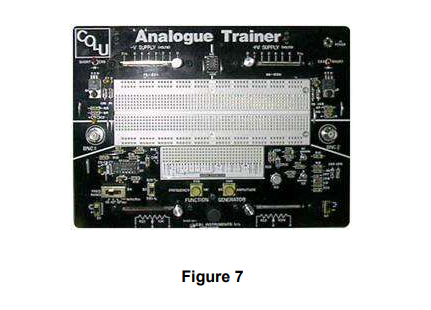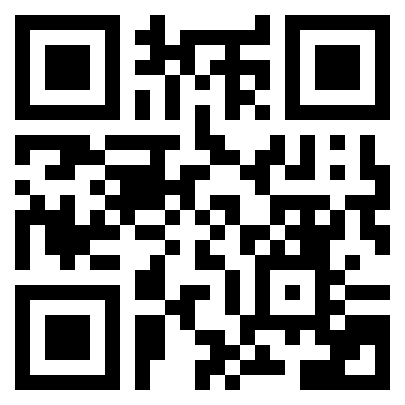- Unit 3: Professional Practice Authorised Assignment Brief 2025–2026, ESOFT Metro Campus
- Unit 7 Leadership & Management People Assignment – Level 3 Diploma in Business and Management
- HNC Civil Engineering Assignment 2 The Construction Environment
- HNC Civil Engineering Assignment 1 Geotechnics & Soil Mechanics Academic Year 24/25
- UNIT CMI 519 Managing Quality and Continuous Improvement Assessment Brief
- Level 5 in Leadership and Management in Adult Care – Governance and Regulatory Process in Adult Care and Decision Making in Adult Care
- BTM6GSM Global Strategic Management Level 6 Assignment 1 Case Study
- Level 5 in Leadership and Management in Adult Care – Supervising Others and Facilitate Coaching and Mentoring of Practitioners in Care Settings
- Unit 2 Marketing Processes and Planning Assignment Brief 2025-2026
- Unit 805 Strategic Communication Assignment Brief- Media Impact on International Organisations
- UNIT CMI 513 Managing Projects to Achieve Results Assessment Brief
- AFM5CGL Level 5 Corporate Governance and leadership Assignment Case Study
- Law, Policy and Ethical Practice in Health and Social Care Assignment 2025-2026
- BTEC International Level 3 in Business Pearson Set Assignment – Unit 7 Business Decision Making
- Unit 7 Budget Assignment: Effective Financial Planning, Budgetary Control, and Stakeholder Management in Dental Practice
- Level 2 NVQ Diploma in Specialist Concrete Occupations Assignment: Knowledge and Understanding of Health, Safety, Work Practices, and Concrete Application
- Level 4 SPS4064 Physiology of Exercise Assignment: Comprehensive Assessment Through MCQs and an In-Depth Marathon Running Case Study
- Communication Management Assignment: Monitoring, Evaluating, and Improving Workplace Communication Systems
- Unit 806 Culture and its Impact on Strategy Assignment: A Critical Evaluation of International Organisational Policy, Decision-Making & Stakeholder Dynamics
- CMI Unit 601 Professional Management and Leadership Practice Assignment – The Influence of Organisational Context on Management and Leadership
ENGINEERING DESIGN TMA2 v1: CAD Design Report: Specification, Evaluation & Drawings
| University | Oxford Univeristy (OU) |
| Subject | Engineering Design |
IMPORTANT
Before you start please read the following instructions carefully.
1 This assignment forms part of the formal assessment for this module. You should therefore not submit the assignment until you
are reasonably sure that you have completed it successfully. Seek your tutor’s advice if unsure.
2 Ensure that you indicate the number of the question you are answering.
3 Make a copy of your answers before submitting the assignment.
4 Complete all details on the front page of this TMA and return it with the completed assignment including supporting calculations
where appropriate. The preferred submission is via your TUOL(E) Blackboardaccount: https://eat.tees.ac.uk
5 Your tutor’s comments on the assignment will be posted on Blackboard.
Assessment Criteria
This assignment relates to the production of CAD drawings and a design project.
The assignment forms Element 2 of the module’s assessment criteria that covers Learning Outcomes 1, 4 and 5 as indicated below.
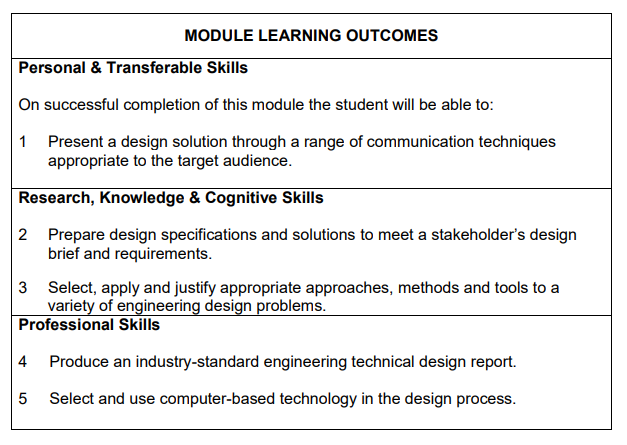
1 Following on from the first TMA in this module, produce a design report for one design of the product based on one of the scenarios covered on the
following pages. The report should contain, where appropriate:
• Title page
• Acknowledgements
• Summary
• Contents
• Introduction
• Basic Product Design Specification
• Design Parameters
• Simple Description of chosen Design
• Design Evaluation
• Detailed drawings of the design, including dimensions, such that its constructional features can be seen*
• Conclusions
• References
• Appendices
* Drawings should be submitted as complete engineering drawings done using CAD (or other suitable software). If the maximum size of printing is A4 then several sheets, each showing a different view of the design, will probably be needed to show sufficient detail for the design to be constructed. In this case, all views should be clearly labelled and all sheets numbered. Only computer-produced drawings will be marked; it is not acceptable to submit hand-drawn work. Please submit copies of the drawings within the report (.PDF) and in addition, upload the computer
files of the drawings (.DWG).
Note: you may have to invent information to make the design report complete.
SCENARIOS
Either
(a) Bicycle Rack
When a full design specification was produced and the weighted objective procedure carried out, it was found that a tow bar mounted rack was the best solution.
The rack is to bolt to the tow bar once the tow ball is removed. The dimensions of the tow bar bracket are shown in Figure 1. The 330 mm
dimension refers to the distance from the ground to the bottom of the bracket. In order to avoid the bikes fouling the car, it should be assumed that no part of either bike should protrude beyond the face of the tow bar bracket (ie between the bracket and the car).
The two bikes to be carried have dimensions shown in Figures 2 and 3. The width of the handlebars of the man’s bike is 420 mm, whilst that of the
woman’s is 630 mm. The width across the pedals is 360 mm in both cases.
Your good friend Fred has offered to help build the bike rack and he has access to the following materials and equipment:
square section steel tubing, 25 mm × 25 mm × 2 mm thick
steel plate, 8 mm thick
steel strips, 25 mm wide by 6mm thick
brazing and welding gear
a powered hacksaw
a pillar drill
Design a suitable rack that can be made using Fred’s materials and equipment. It is not necessary to worry about stresses: the materials are
capable of exceeding the strength requirements of any design. In addition, the rack should be designed to ‘look right’.
As part of the report, you should produce:
(i) An arrangement drawing showing the outline of the bikes on the rack.
This does not need to be very detailed or show any dimensions but should clearly demonstrate that the rack will enable the two bikes to be
carried without fouling the car or the ground.
(ii) A detailed engineering drawing of the rack only, comprising front and side elevations with all dimensions required for manufacture shown.
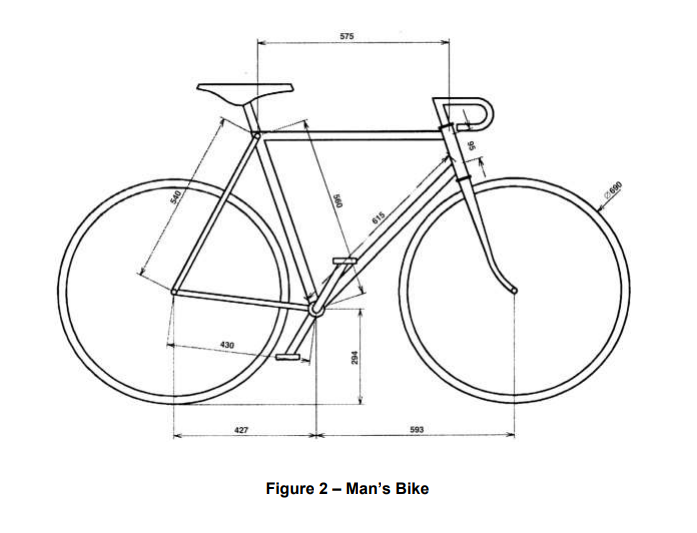
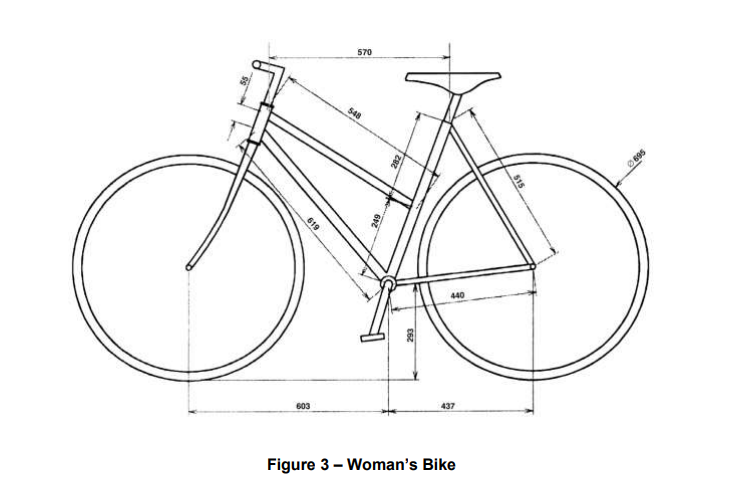
OR
(b) Front Panel of Circuit Trainer An analogue/digital circuit trainer is required for open-learning students to use
to build circuits as part of their electrical/electronic practical work.
The circuits to be built can consist of up to five integrated circuits and their associated discrete components.
Figures 4, 5 and 6 show block diagrams for each system of the intended design.
(i) A power supply consisting of:
• 240 V supply input
• power ‘on’ indicator
• +5 V output
• +12 V output
• –12 V output
• 0 to +12 V variable output
• 0 to –12 V variable output
• output short-circuit indicators for ‘+’ and ‘–’ supplies
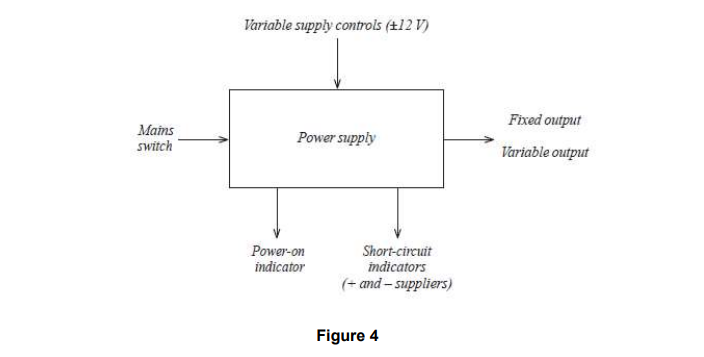
(ii) A function generator capable of:
• generating sinusoidal, triangular and square waveforms
• variable amplitude
• variable frequency
• frequencies in the ranges 0 to 100 Hz, 100 Hz to10 kHz and
10 kHz to 1 MHz’
(iii) A multimeter capable of measuring:
• resistance
• voltage
• current
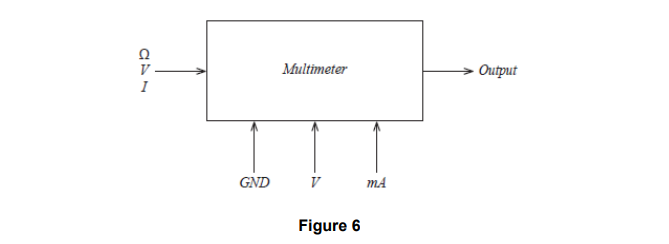
You will be required to draw a plan view of the front panel to show the mounting of the various controls, etc. A photograph of an example of an existing circuit trainer is given in Figure 7.
